RTOs Cite Grid Reliability Concerns Over New EPA Rules
As the U.S. Supreme Court weighs in on the Environmental Protection Agency’s (EPA) new carbon capture rulings, grid operators across the nation are waving a red flag. The verdict? The aggressive push for carbon sequestration could come with a cost: grid reliability. But what if we could address carbon emissions without resorting to untested technologies like carbon capture? Enter the MICATU optical platform—a game-changer for utilities navigating the complexities of both emissions and reliability.
The Challenge: EPA’s Carbon Sequestration Mandate
Utility operators are understandably concerned. The EPA’s rules aim to force significant cuts in carbon emissions, but at what cost? Grid operators warn that widespread implementation of carbon capture technology—still largely unproven at scale—could destabilize an already strained power grid. The reliability issues are real, and the stakes are high: blackouts, rising costs, and uncertainty in the ability to deliver electricity when it's most needed.
The Opportunity: Smarter Grid Management with Optical Sensors
Instead of jumping headfirst into carbon sequestration, there’s a smarter, safer, and more effective solution available right now. The MICATU optical platform offers a proactive way to address carbon emissions through improved grid efficiency and management. Optical sensors provide precise, real-time monitoring of grid conditions, enabling utilities to optimize power flows, reduce energy losses, and fine-tune voltage levels.
By enhancing operational efficiency, utilities can achieve a notable reduction in the carbon footprint of their grid operations—no expensive, risky, and unproven technology required. Think of optical sensors as your secret weapon in this carbon battle, enabling you to address emissions at the source: better grid management.
How It Works: Precision, Efficiency, and Reliability
Here’s why optical sensors are a game-changer:
- Real-Time Monitoring: Optical sensors provide instantaneous feedback on grid performance, allowing operators to adjust in real-time to reduce energy waste.
- Non-Intrusive: These sensors require no heavy equipment or complex installation, offering a low-risk, high-reward solution.
- Energy Optimization: With better data comes better decisions. Utilities can reduce overvoltage and under-voltage conditions, which not only improves efficiency but also reduces emissions associated with energy waste.
Mitigating the Need for Risky Technologies
Grid operators don’t need to be stuck between the proverbial rock (carbon emissions) and a hard place (unproven sequestration technology). Implementing advanced optical sensor technologies can forestall the need for drastic and potentially unreliable measures. It’s not about finding a temporary fix but ensuring a stable, cleaner, and more reliable grid for the future.
As utilities brace for potential mandates, the question becomes: Why gamble with untested solutions when proven, cost-effective technologies like optical sensors can help achieve the same goals?
A Sustainable Future Without Sacrifice
As the EPA and Supreme Court wrangle over carbon mandates, utilities should take control of their own destiny. The MICATU optical platform offers a practical, proven solution to both carbon emissions and grid reliability. The future of the grid doesn’t have to be an either/or scenario. Embrace the power of real-time data and efficiency and leave risky carbon sequestration as the last resort.
Are you struggling to understand implications of the EPA mandates to your grid? Meet with one of our experts to get started today.

